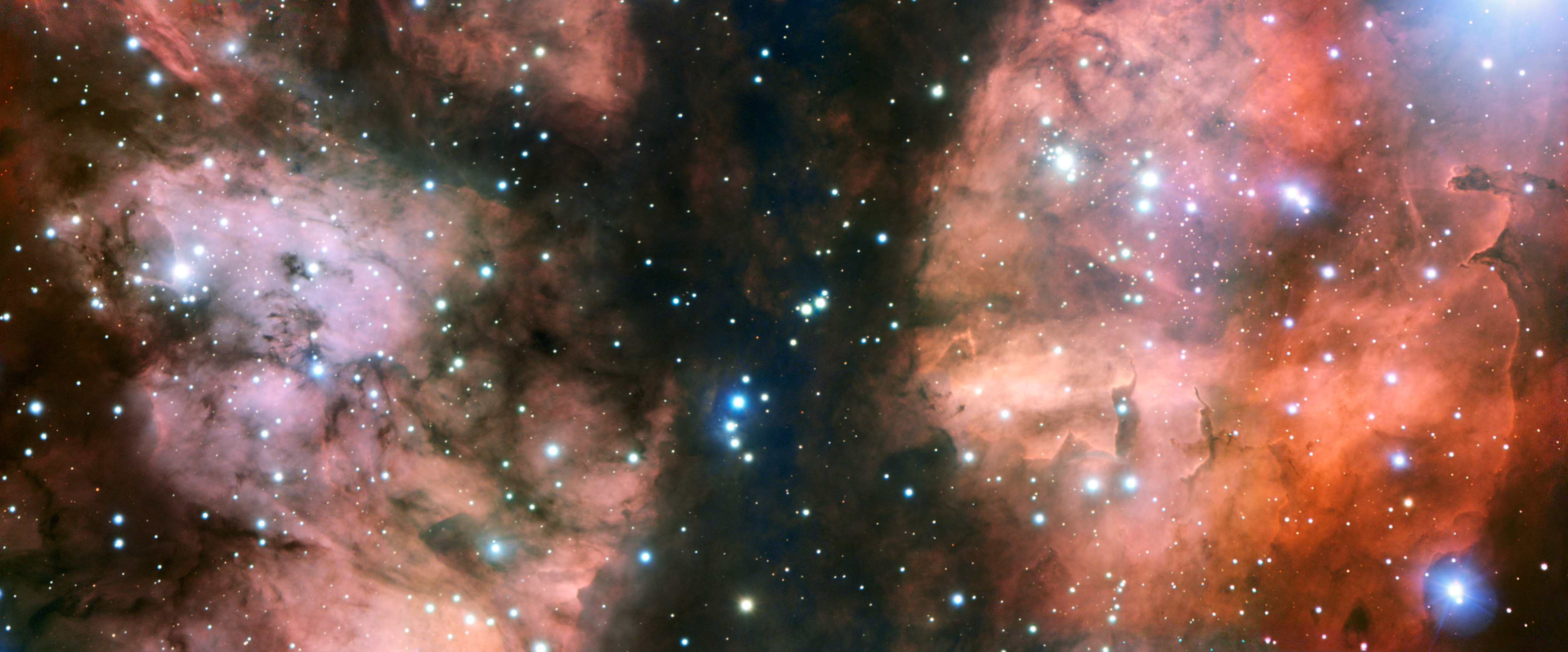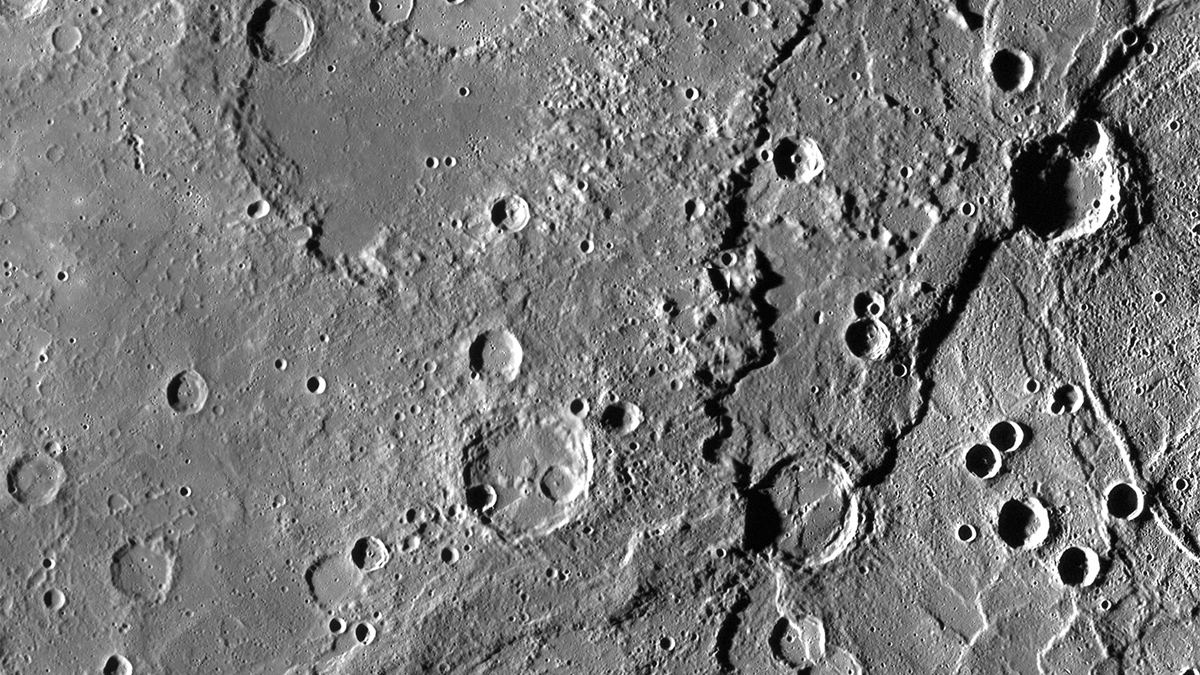Amazing 'War and Peace' Nebula Picture Worth 1,000 Words

Here's a space snapshot Russian author Leo Tolstoy would love: Hot young stars are ablaze against a backdrop of sweeping gas clouds in a new photo of a spectacular nebula nicknamed the 'War and Peace.'
The European Southern Observatory's Very Large Telescope captured a dramatic view of the nebula's shimmering clouds of gas and its intriguing dust formations that are carved by ultraviolet radiation and stellar winds from newborn stars. These observations make up the most detailed image taken to date of the stunning nebula, ESO officials said in a statement.
But despite its nickname, the War and Peace Nebula has no connection to Tolstoy, who authored the epic novel of the same name about the Napoleonic Wars and the French invasion of Russia. The novel "War and Peace" was first published in 1869. The moniker came from a team of scientists working on the Midcourse Space Experiment, which was designed to map the universe in infrared light.
The researchers on that project claimed that the bright, western part of the nebula reminded them of a dove, while the eastern portion resembled a skull in their infrared images, ESO officials said. [Gallery: Strange Nebula Shapes]
The nebula's official name is NGC 6357, and it is located in the constellation of Scorpuis (The Scorpion). New stars are actively forming out of the nebula's vast clouds of gas and dust, which are primarily made up of tiny particles of silicates, graphite, and water ice that were produced and expelled into space by earlier generations of stars, ESO officials said.
The new photo shows a vast flow of dust across the center, and a small cluster of young, bluish-white stars can be seen to the right. The intense ultraviolet radiation being emitted from these newborn stars is sculpting hollows into the surrounding gas and dust.
Along the lower right and right hand edge of the image, radiation from the bright, young stars has molded columns of dust that are reminiscent of the Eagle Nebula's iconic "pillars of creation," which were captured in a famous photo by the Hubble Space Telescope.
Breaking space news, the latest updates on rocket launches, skywatching events and more!
The new ESO image focuses on the outer parts of the War and Peace Nebula, but while the center part of the stellar nursery cannot be seen, it contains a cluster of high-mass stars that are among the brightest in our Milky Way galaxy, ESO officials said.
The photo was produced as part of the ESO Cosmic Gems program, which is an education and public outreach project to capture images of stunning and fascinating objects using ESO's telescopes.
The Very Large Telescope is located on Cerro Paranal in Chile's Atacama Desert.
Follow SPACE.com on Twitter @Spacedotcom. We're also on Facebook and Google+.
Join our Space Forums to keep talking space on the latest missions, night sky and more! And if you have a news tip, correction or comment, let us know at: community@space.com.

Space.com is the premier source of space exploration, innovation and astronomy news, chronicling (and celebrating) humanity's ongoing expansion across the final frontier. Originally founded in 1999, Space.com is, and always has been, the passion of writers and editors who are space fans and also trained journalists. Our current news team consists of Editor-in-Chief Tariq Malik; Editor Hanneke Weitering, Senior Space Writer Mike Wall; Senior Writer Meghan Bartels; Senior Writer Chelsea Gohd, Senior Writer Tereza Pultarova and Staff Writer Alexander Cox, focusing on e-commerce. Senior Producer Steve Spaleta oversees our space videos, with Diana Whitcroft as our Social Media Editor.
